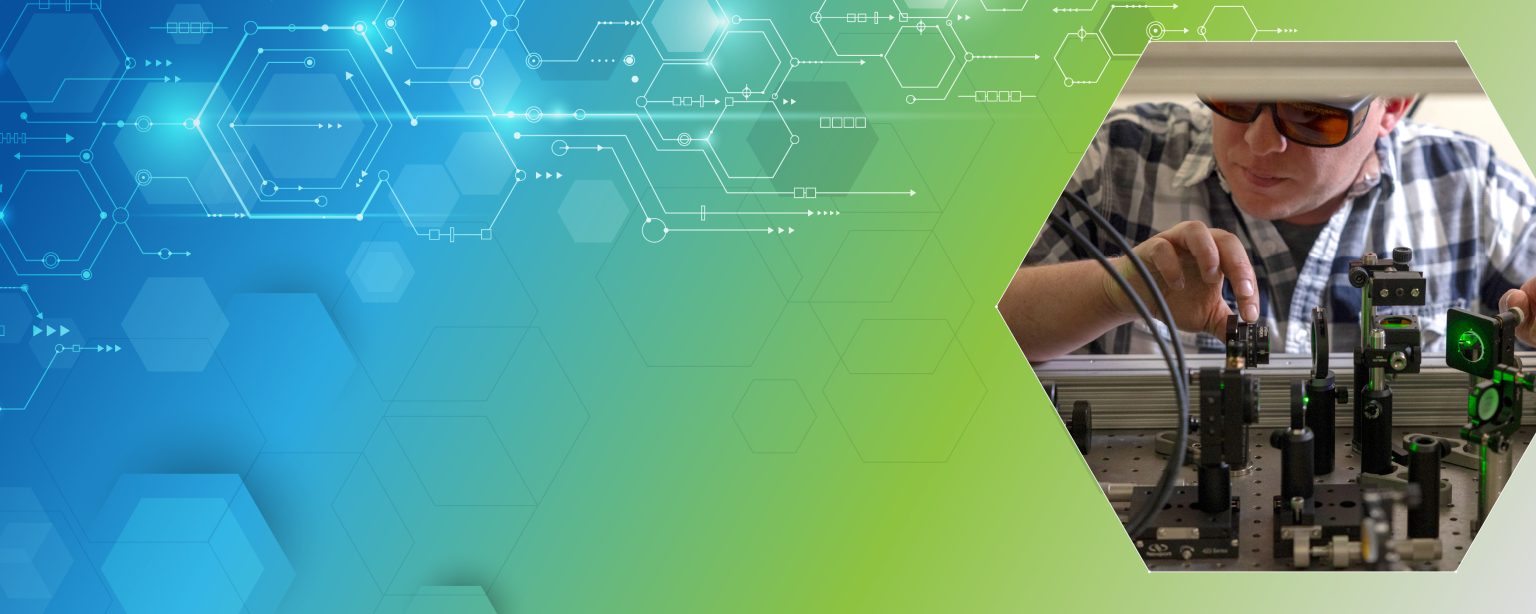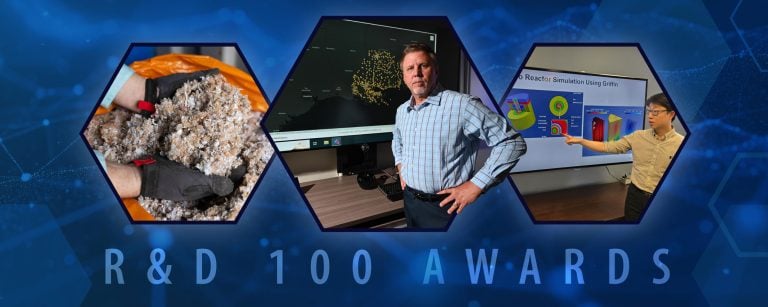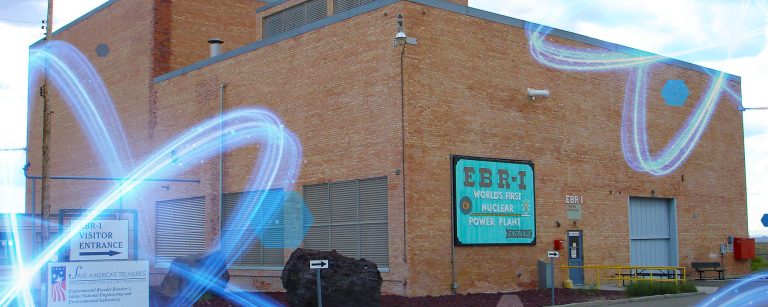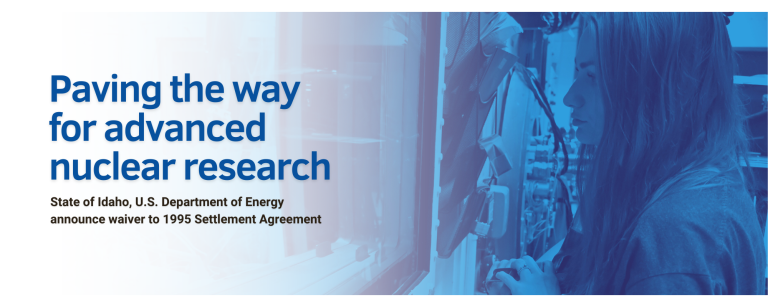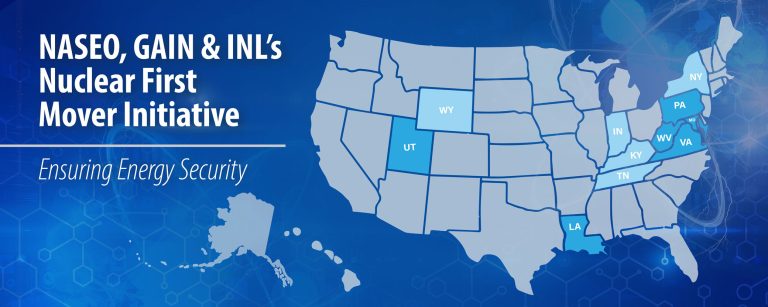From laundry detergents and self-cleaning ovens to the manufacturing of fuels, plastics and medications, catalysts play a vital role in everyday products and industry.
These substances, which make chemical reactions faster and more efficient without changing or being consumed, enable many modern-day chemical processes.
Despite their importance, researchers lack effective methods to study catalysts that capture their behavior. For instance, both researchers and industry often don’t understand how and why the catalysts used in chemical manufacturing lose their effectiveness over time. When catalysts fail, manufacturers incur losses and experience production delays while replacing or restoring them.
Now, researchers at the Idaho National Laboratory (INL), with support from the Department of Energy’s office of Energy Efficiency and Renewable Energy, have developed a new way to study catalysts to better understand how they work. By combining two techniques, Temporal Analysis of Products (TAP) and operando spectroscopy, researchers created SpectroTAP to help industry develop catalysts that are more efficient and last longer.
The results appear in “Pulse Response Operando Spectroscopy for Resolving Transient Dynamics,” published April 21 in ACS Catalysis.
“Most techniques to analyze catalysts only look at static properties of the catalyst or reaction products,” said Jason Malizia, a chemical engineer at INL. “Understanding how catalysts behave during a reaction is crucial for improving their performance and efficiency.”
In TAP, small pulses of gas are introduced to the catalyst, causing the gas to react and change into different products. The TAP system detects and measures how quickly the new products form. This technique helps researchers understand the steps of the reaction and what influences its efficiency.
The operando spectroscopy technique provides real-time information about the catalyst’s structure and how it changes during a chemical reaction. It helps researchers understand the catalyst’s behavior by detecting the colors of light reflected or absorbed by the catalyst’s components. Each component has a distinct interaction with light as the catalyst changes, creating a visual fingerprint that a spectrometer can detect.
Think of the two techniques like trying to figure out how a chef bakes cookies. TAP detects how quickly the ingredients (flour, eggs, butter, sugar) transform into cookies, while operando spectroscopy shows what the chef (or catalyst) is doing throughout the process.
SpectroTAP combines these two techniques to offer clearer and more reliable analysis of catalytic reactions, paving the way for next-generation catalysts and more economical industrial processes.
A collaborative effort
SpectroTAP is the result of a collaborative effort among INL researchers. Rebecca Fushimi, a distinguished research scientist and the world’s leading expert on TAP, identified the opportunity to combine TAP with spectroscopy and developed the project. James Pittman, a laboratory technician with 30 years of experience in TAP technology, contributed to the design and fabrication of the prototype reactor. Malizia, an expert in spectroscopy, developed methods to capture light reflected from the catalyst along with the data collection and analysis.
Malizia was the first to show that the SpectroTAP reactor can collect real-time data on how catalysts behave and change during reactions, giving scientists valuable insights into improving their performance.
Researchers tested SpectroTAP with an industrial catalyst provided by Clariant Corporation, an industrial partner. They analyzed Clariant’s catalyst, used to convert propane into propylene, a key ingredient in plastics and many essential consumer materials.
“The ultimate vision for SpectroTAP is to provide a deeper understanding of catalyst behavior,” said Malizia. “This understanding will lead to the development of next-generation catalysts that are more efficient, productive and cost-effective.”
Impact and plans
The development of SpectroTAP represents a major advancement in catalyst research. SpectroTAP can lead to designing catalysts that are more selective, higher yield and longer lasting. This innovation can lead to more efficient industrial processes with reduced waste and lower energy consumption, meaning lower costs for consumers.
“We’re integrating SpectroTAP with other spectroscopic techniques, like Raman, infrared and photoluminescence, to improve its capabilities and scope,” said Malizia. “Using these other techniques will enable more comprehensive studies, offering greater insights into catalyst behavior and the design of next-generation catalysts.”
Raman spectroscopy shines a laser onto a sample to observe how the light interacts with the molecules in the sample. This technique provides information about the sample’s molecular composition and chemical bonds.
More information about the research can be found here.

